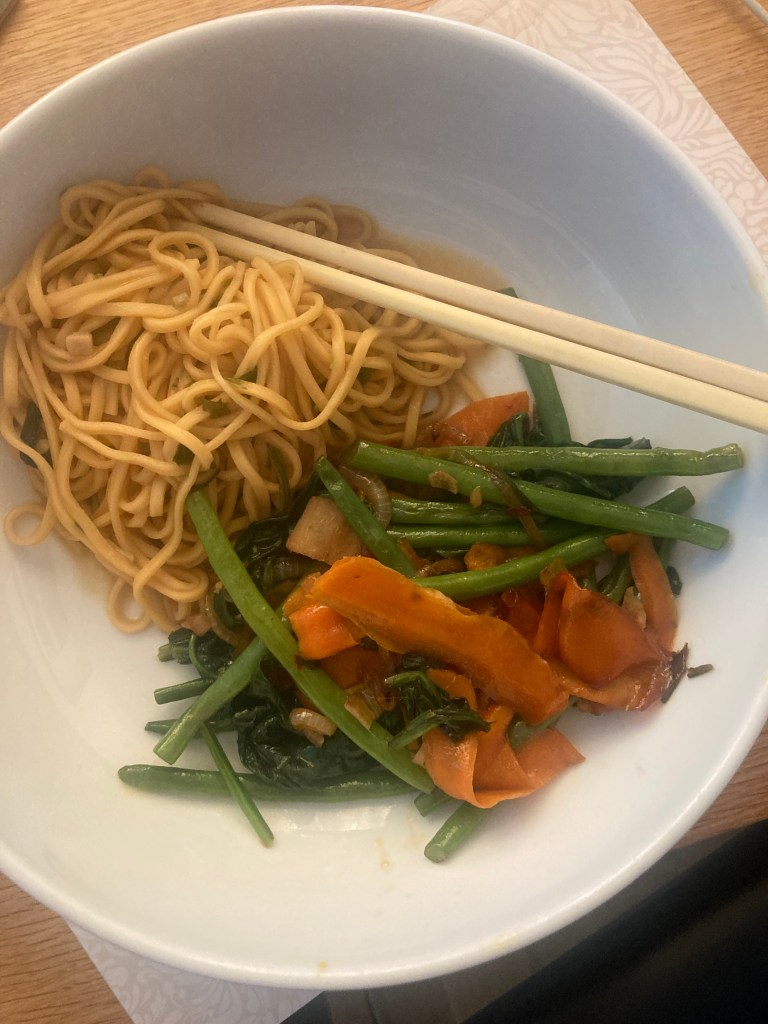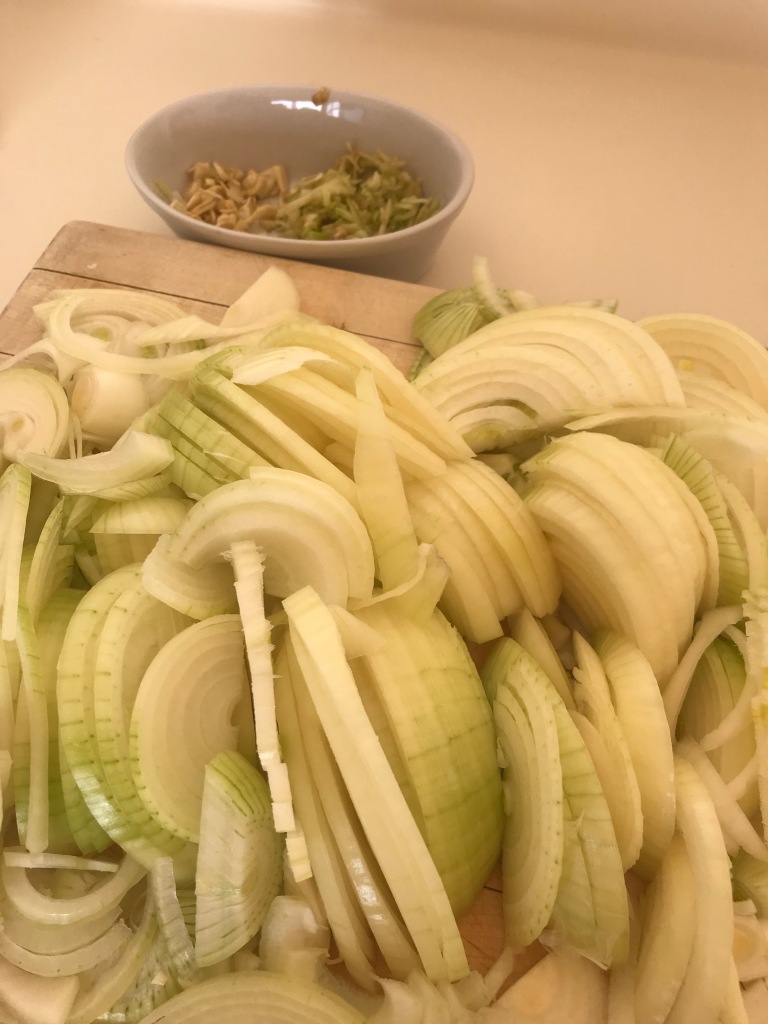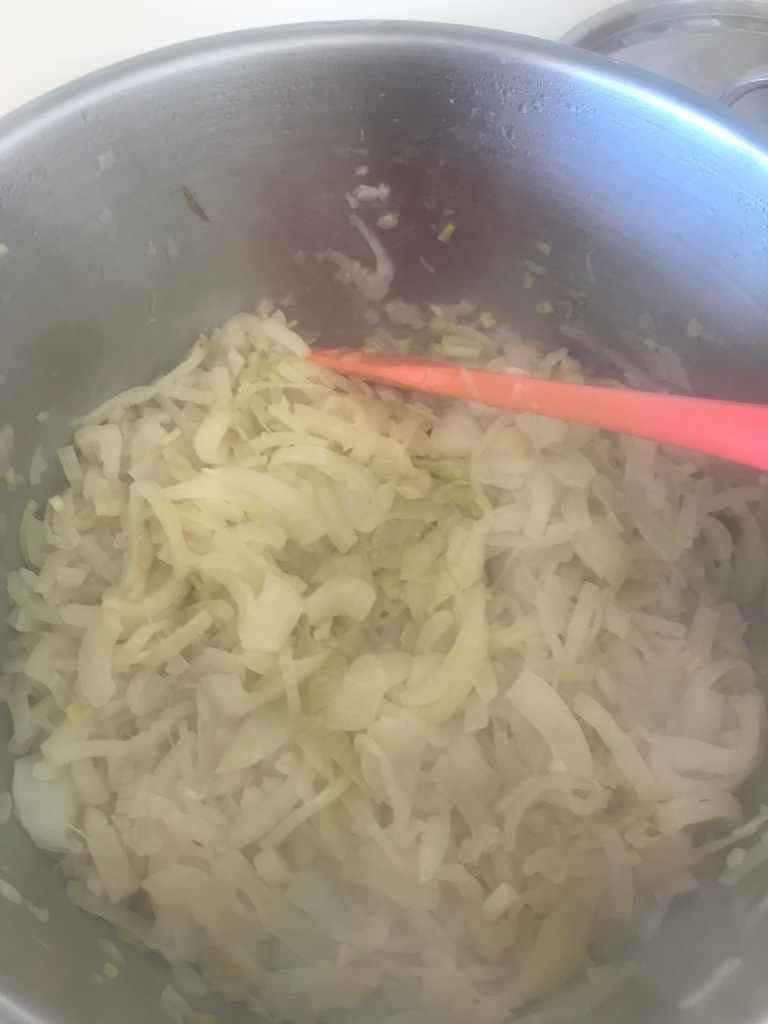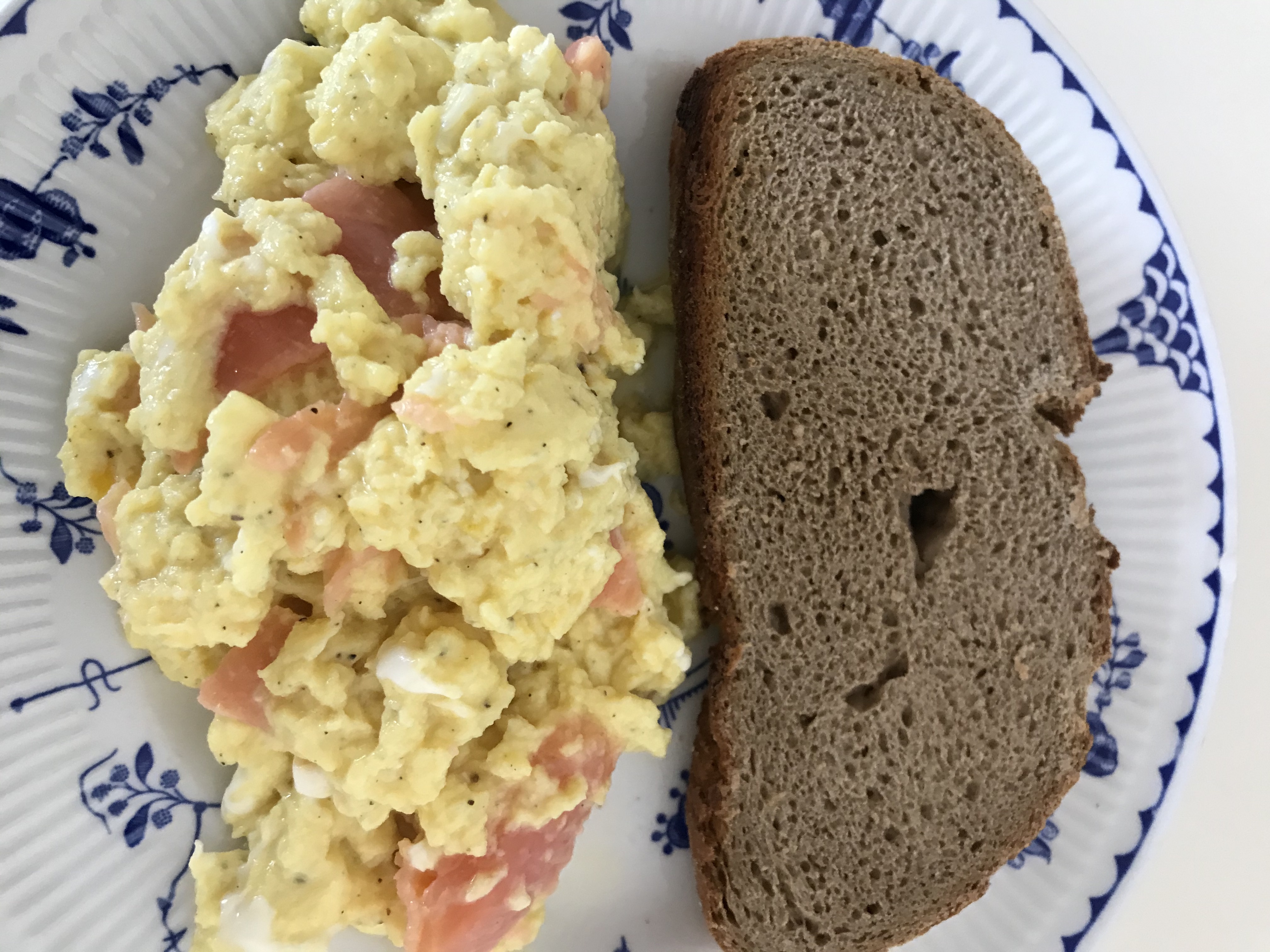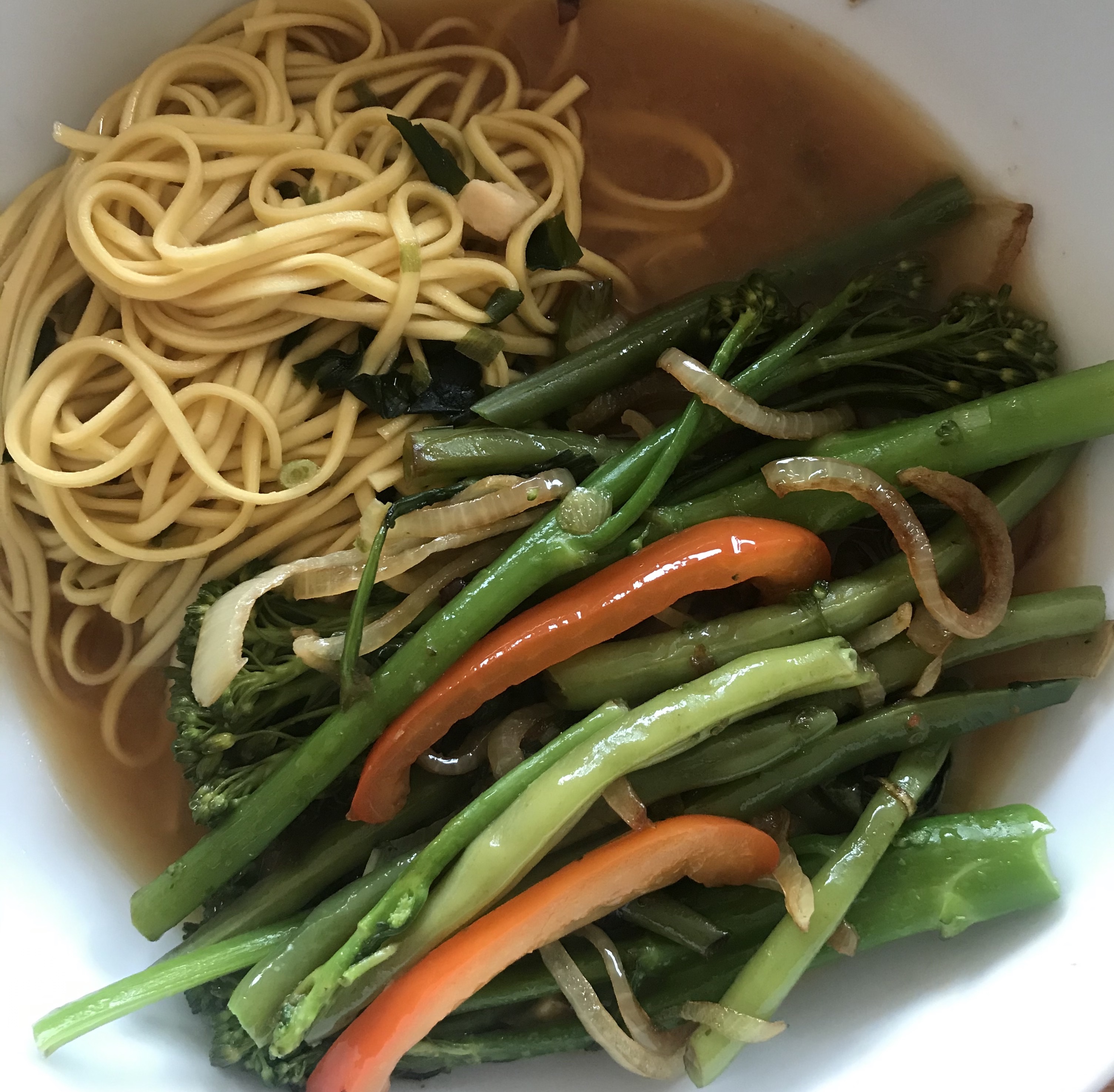Essex Road recipes is back for a while with my new persona, “Sell by Chef”. I’ll be posting recipes made from those things that are reduced because they’ve reached their sell by date. (Bit like me, really!)
The governing principle of Essex Road Recipes has always been not to be a slave to recipe books, but rather to buy what looks good in independent food shops, and improvise with that.
After the closing of the lovely Market Garden here on Essex Road in 2019, I switched my fruit and veg shopping to Chapel Market (the second fruit and veg stall on the left as you head towards Penton Street, near White Conduit St). The banter between staff and customers is priceless, and it is such good value. Last Saturday I bought 2 baking potatoes, 2 onions, ginger, 4 big carrots, a large bunch of baby spinach, 2 packs of green beans, 2 punnets of strawberries, 6 apples, 4 avocadoes and a bag of cherry tomatoes for £11.
If something isn’t great quality, the lovely crew will warn you (“eat those strawberries today, love!”) and if something is reaching the end of its sell by life at the end of the day, they drop the price.
My improv chef self has also been inspired and energised recently by discovering “Bite Back” a youth activist movement campaigning to reduce the influence of the junk food giants on young people.
The final nudge that prompted me to put this out there this evening was walking past my local food bank at the ARC centre as they closed up for the evening, and seeing a woman struggling to carry bags of food up the road. ARC feeds more than 300 people in the neighbourhood and the demand for their services is growing as food prices rise. I know from research I conducted on the topic some years ago that so many people have never learned to cook from scratch; some families are into the 4th generation of junk and hyper-processed food consumption, which isn’t good for their health, the NHS or the planet.
So, here’s the stir fry veggie dish I made this evening; enough for 2 people, and vegan.
1 onion, thinly sliced
2 garlic cloves, finely chopped
Small piece of root ginger, peeled and thinly sliced
Half a large carrot, sliced very thinly (I use my potato peeler)
2 handfuls green beans, trimmed
Big handful of baby spinach leaves – cut off the stalks, but keep them – they’re tasty!
Teaspoon of chili flakes, or 1 small chili chopped finely
Tablespoon soy sauce
Olive oil and sesame oil to cook the veg.
Heat the olive and sesame oil in a frying pan
Add the sliced onion and fry for 2 or 3 minutes
Add the carrot, garlic and ginger
Fry for another couple of minutes
Add the green beans, spinach stalks and chili flakes
Fry for another couple of minutes, keeping it all moving all the time, then add the spinach leaves, soy sauce and a splash of water. Put a lid on the pan and turn down the heat. Steam for another 5 minutes or until the green beans are tender enough for you.
Serve with rice or noodles.

